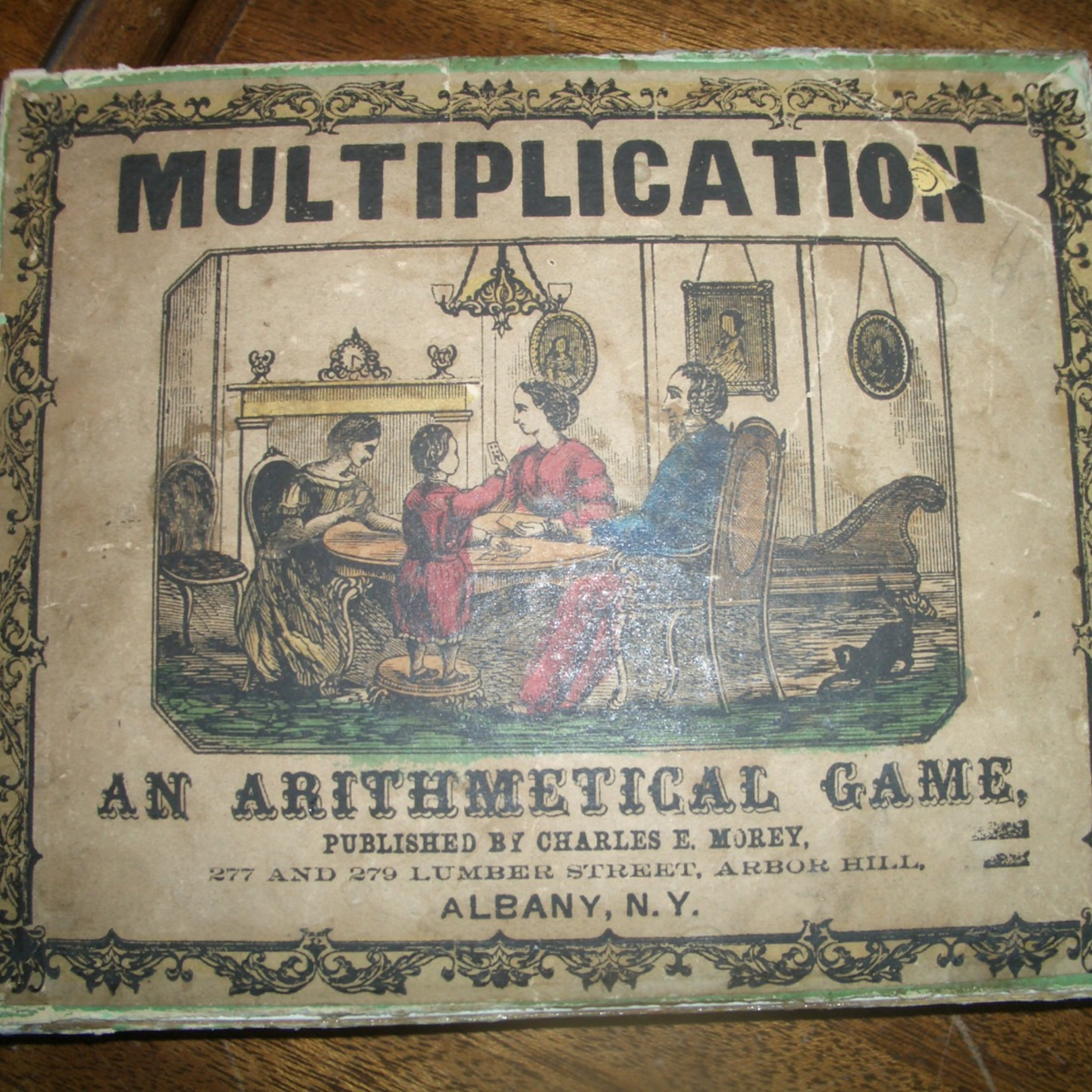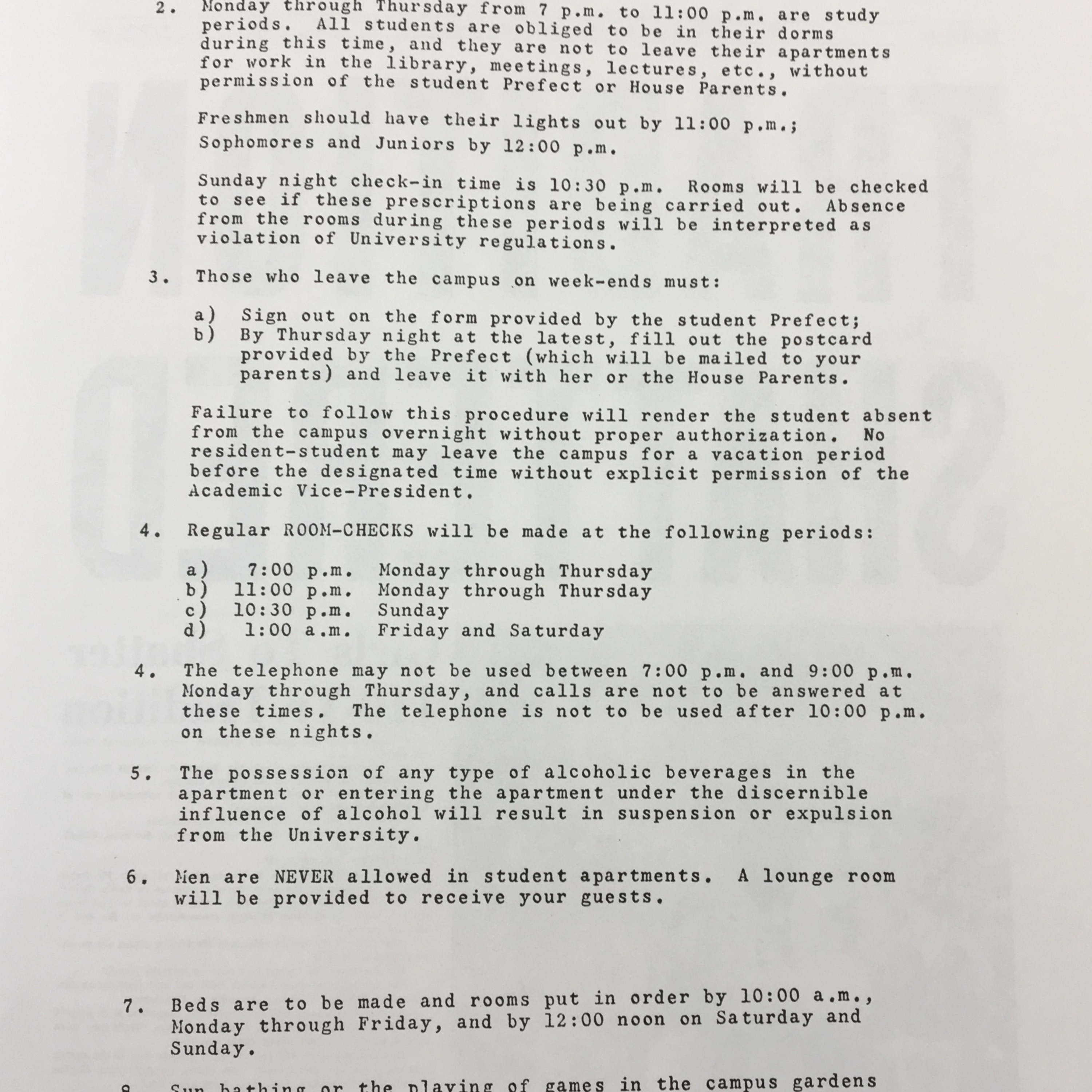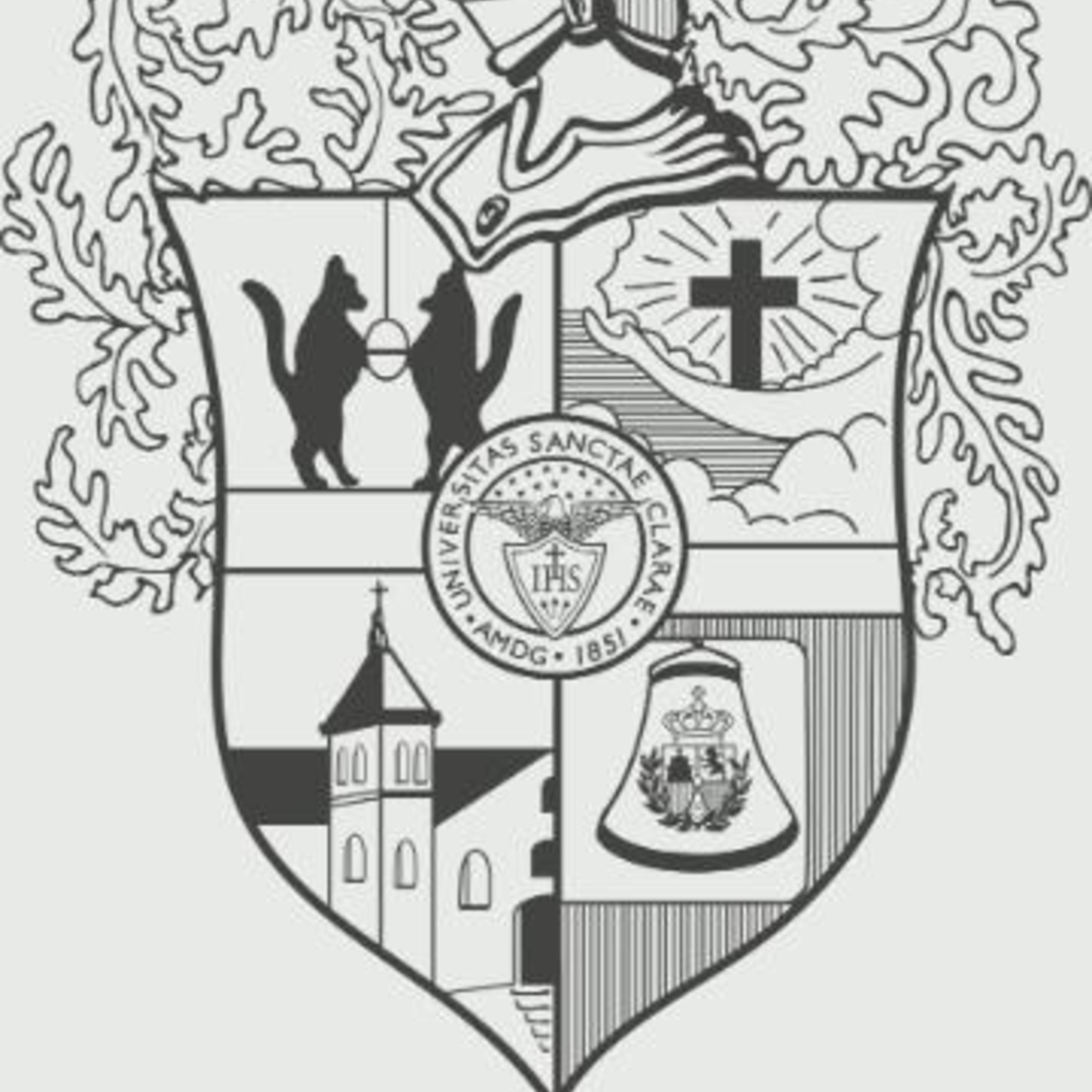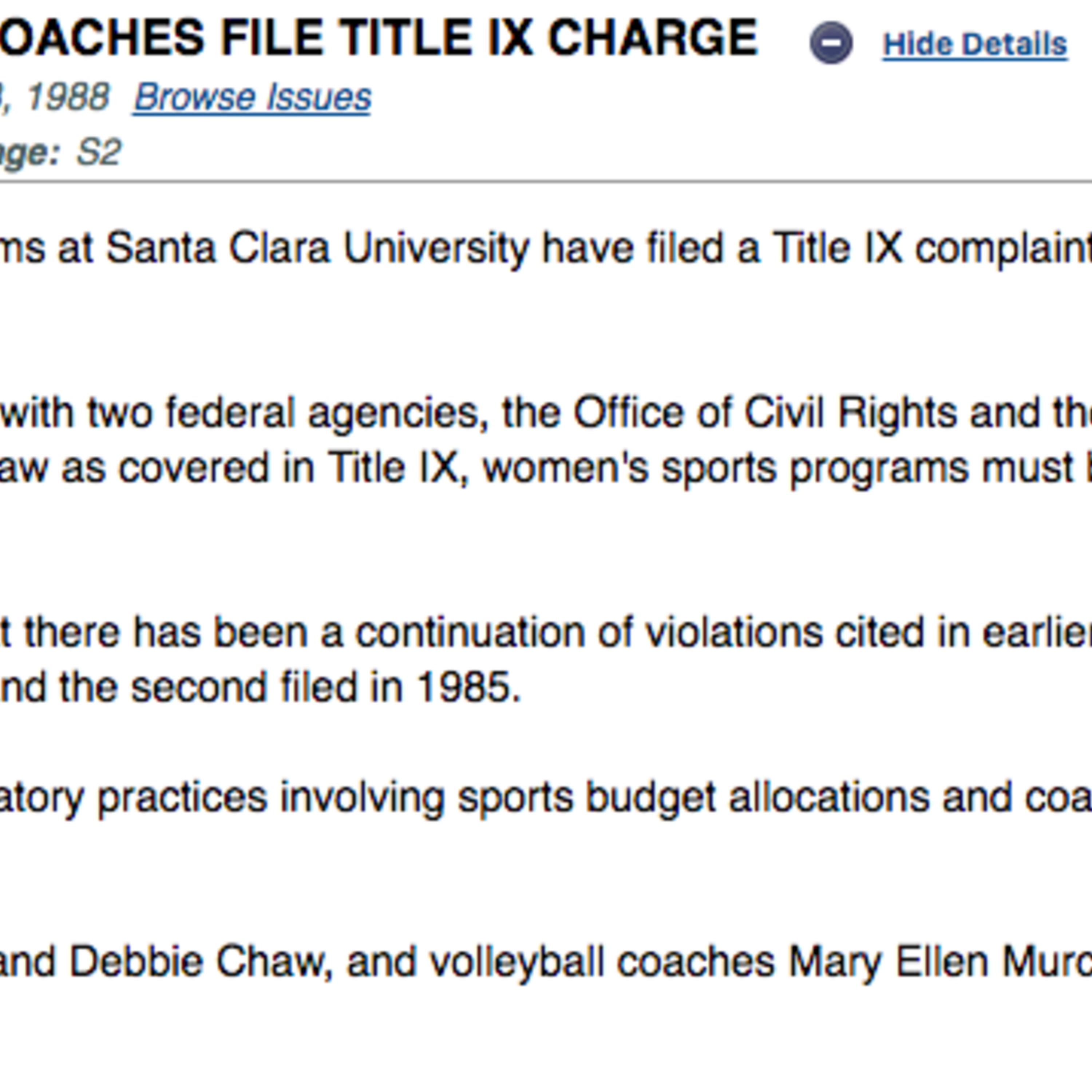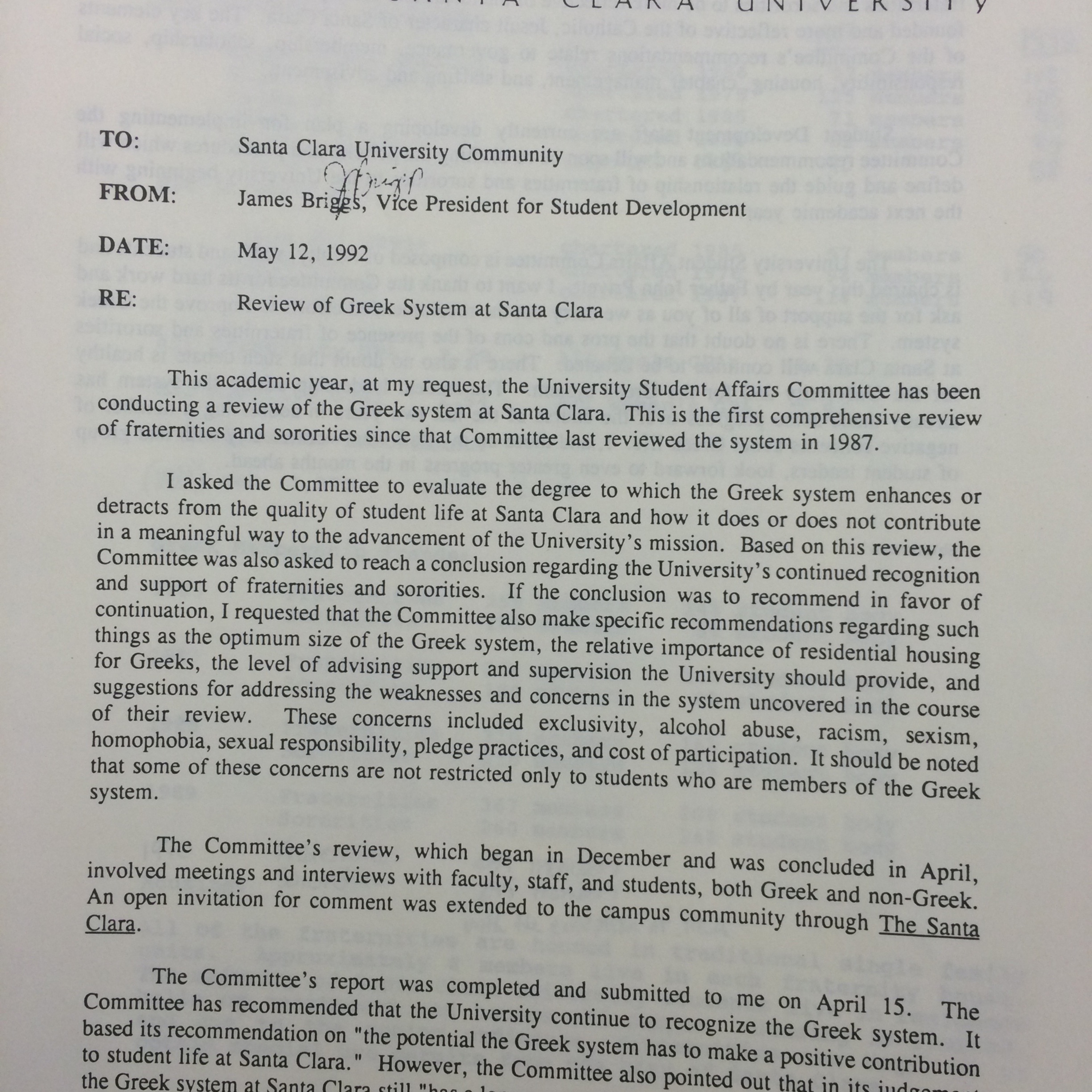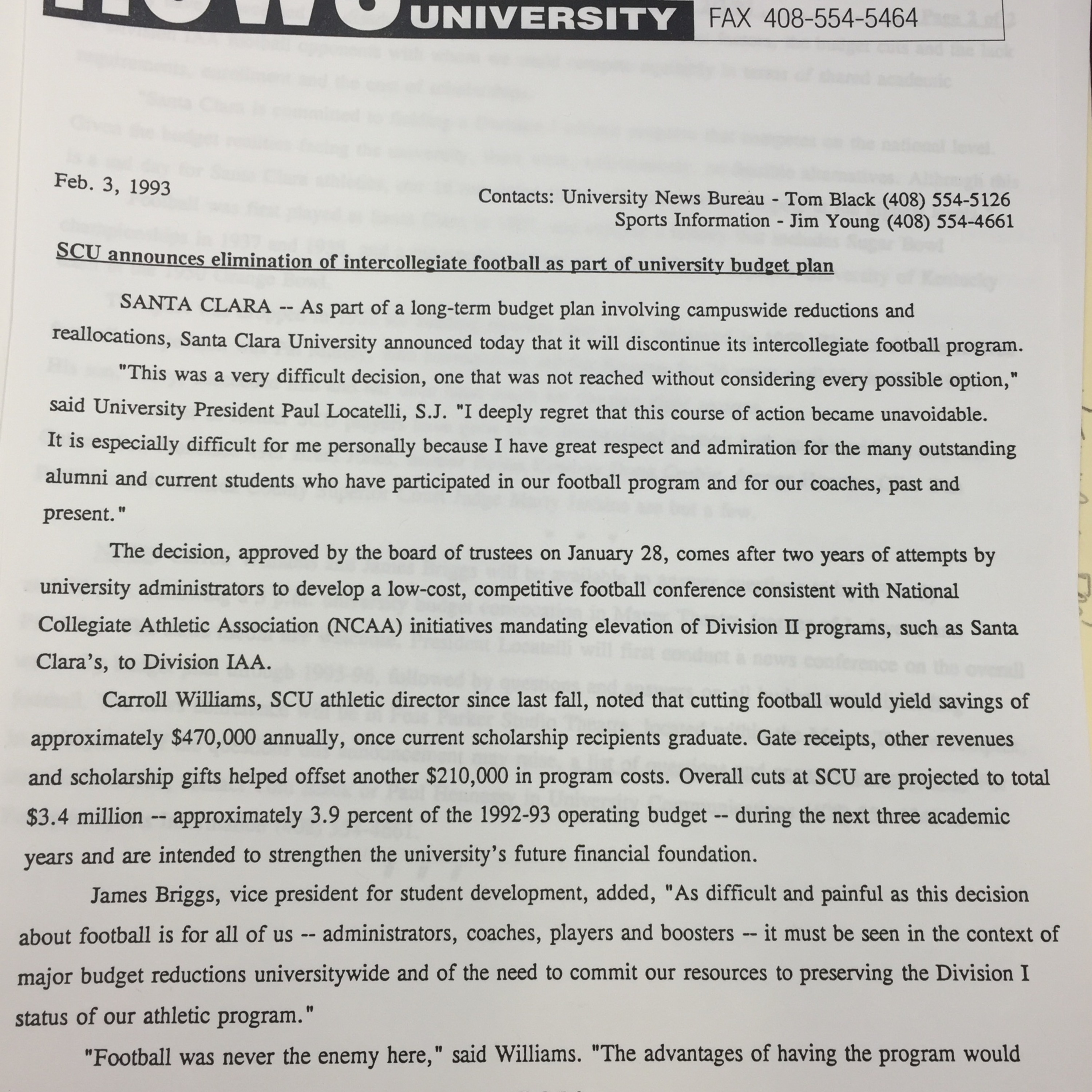Expanding on East Coast Italian Americans
From administrators, to people in the clergy like priests, and even their own families, young Italian Americans had the cards stacked against them in every sense. There was no comfortability, no sense of inclusion among their American counterparts, and frankly no platform to expand on, despite being in the land of the free and opportunity. As time passed, Italian Americans realized that something needed to change along the educational front, because responses from events like the Lawrence strike in 1912 and post World War II in the 1950’s wouldn’t be enough to stop something that had been so ingrained into society. Developing their Little Italy’s, going through homeschooling, and learning through educators that weren’t promoting a toxic environment was going to be crucial for them to develop and at first it wasn’t looking so good. Because of the initial complaints in regards to the education system, Italian American parents didn’t trust the system and were very tempted to pull their kids out of colleges, especially ones that were in the public system. The private/religious school system wasn’t much better, as the rise of the Jesuit faith led to people defecting from the Catholic Church and its teaching, which reverberated with Italian American kids not necessarily enjoying religious school, notably Mario Savio, who rose to prominence as a leader of the Free Speech Movement on college campuses like Cal in 1964.
It would also be pertinent to note of Italian American social status on the East Coast, notably under the pretenses of discrimination and how this affected them when it came to education, and whether it made a difference at all. Italian Americans were classified as “white on arrival”, however they were divided up into Northern and Southern Italians when entering through Ellis Island and New Orleans. Couple that with issues like the David Hennessy murder in 1890 that led people to classify Italian Americans as white aliens, and no field was safe for them to operate freely on the East Coast. Outside of their Little Italy’s, New York and the East Coast would not be so delightful to Italian Americans, from the elementary level to the college level and beyond. Furthermore, Italian Americans also felt the issue of disassociating from their culture, for fear of retribution or being made fun by American peers. This served as a compounding factor for Italian Americans to move out and away, because frankly they weren’t getting their fair shake from people who had promised such. Educational equity was hard to come by, and Italian Americans were frankly fed up with it.
